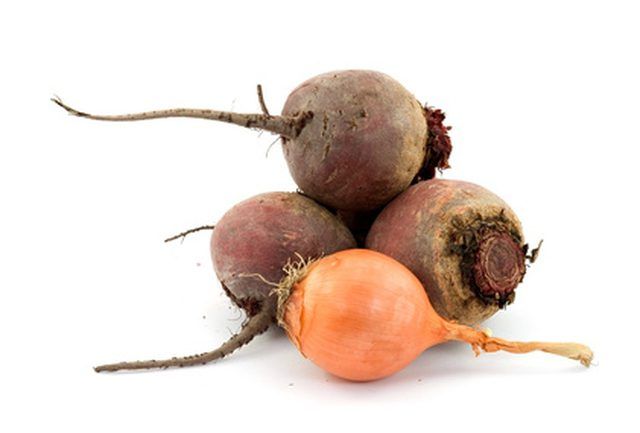Bulbs
Flower Basics
Flower Beds & Specialty Gardens
Flower Garden
Garden Furniture
Garden Gnomes
Garden Seeds
Garden Sheds
Garden Statues
Garden Tools & Supplies
Gardening Basics
Green & Organic
Groundcovers & Vines
Growing Annuals
Growing Basil
Growing Beans
Growing Berries
Growing Blueberries
Growing Cactus
Growing Corn
Growing Cotton
Growing Edibles
Growing Flowers
Growing Garlic
Growing Grapes
Growing Grass
Growing Herbs
Growing Jasmine
Growing Mint
Growing Mushrooms
Orchids
Growing Peanuts
Growing Perennials
Growing Plants
Growing Rosemary
Growing Roses
Growing Strawberries
Growing Sunflowers
Growing Thyme
Growing Tomatoes
Growing Tulips
Growing Vegetables
Herb Basics
Herb Garden
Indoor Growing
Landscaping Basics
Landscaping Patios
Landscaping Plants
Landscaping Shrubs
Landscaping Trees
Landscaping Walks & Pathways
Lawn Basics
Lawn Maintenance
Lawn Mowers
Lawn Ornaments
Lawn Planting
Lawn Tools
Outdoor Growing
Overall Landscape Planning
Pests, Weeds & Problems
Plant Basics
Rock Garden
Rose Garden
Shrubs
Soil
Specialty Gardens
Trees
Vegetable Garden
Yard Maintenance
Companion Planting of Turnips
Companion Planting of Turnips. The turnip comes from the plant family Brassicaceae, genus Brassica and species Brassica napus. It shares its family and genus with members of the cabbage family. The name "turnip" is often interchanged with "rutabaga." With this information in mind, some companion gardening ideas that apply to the cabbage or rutabaga...

The turnip comes from the plant family Brassicaceae, genus Brassica and species Brassica napus. It shares its family and genus with members of the cabbage family. The name "turnip" is often interchanged with "rutabaga." With this information in mind, some companion gardening ideas that apply to the cabbage or rutabaga family, also apply to the turnip.
Basics
Companion planting is when two or more plants are arranged in a bed or garden so as to provide each other with certain natural benefits. Sometimes one may deter an insect that is harmful to an adjacent plant. One might use less of a particular soil nutrient than its neighbor. Understanding how plants can work together or be harmful to one another is an important aspect in making the most of your garden.
Peas as Companions
Peas are believed to stimulate the growth of turnips. Peas can get nitrogen in ways other plants are not making a good companion for other plants which can only absorb nitrogen from the soil. Both are cool-weather crops, normally planted in the early spring, further contributing to their compatibility.
Aromatic Plants
Aromatic plants that give off a strong scent repel some insects. As turnips are a root plant, root maggots are a particularly problematic pest. Root maggots are the larvae form of several types of flies and they feed on the roots of many vegetables. The scent of the onion, dill, celery, sage, peppermint and rosemary repels the adult flies, and they choose to lay their eggs elsewhere. Interspersing your turnips with any of these can protect your crop.
Bad Companions
Very few plants are incompatible with the turnip. Most other plants have no effect on the productivity of the turnip crop. Only two vegetables are not recommended as companions. Turnips don't do well when planted alongside pole beans. They also don't grow well alongside another root vegetable, the potato.
Crop Rotation
Along with practicing companion planting, many gardeners follow crop rotation as it has similar consequences and benefits. Certain plants should or should not follow other plants in subsequent seasons because of nutrient or pest considerations. It is recommended that members of the cabbage family not follow turnips. They all use the same basic soil nutrients, and successive years of planting family members in the same location will deplete the soil of essential nutrients.